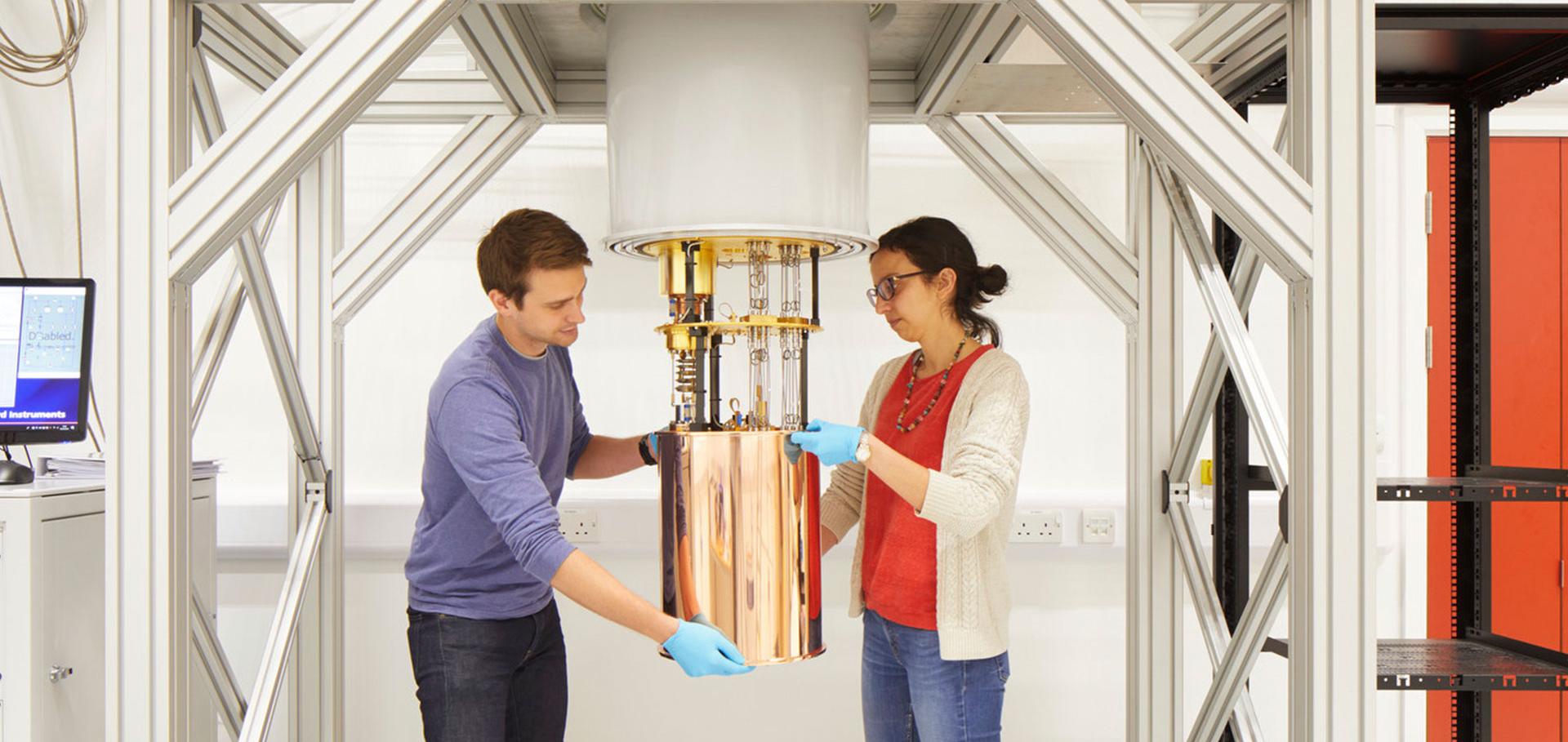Universal Current Losses in Perovskite Solar Cells Due to Mobile Ions
Advanced Energy Materials Wiley 11:34 (2021)
A polymeric bis(di- p -anisylamino)fluorene hole-transport material for stable n-i-p perovskite solar cells
New Journal of Chemistry Royal Society of Chemistry (RSC) 45:33 (2021) 15017-15021
Revealing ultrafast charge-carrier thermalization in tin-iodide perovskites through novel pump-push-probe terahertz spectroscopy
ACS Photonics American Chemical Society 8:8 (2021) 2509-2518
Abstract:
Tin-iodide perovskites are an important group of semiconductors for photovoltaic applications, promising higher intrinsic charge-carrier mobilities and lower toxicity than their lead-based counterparts. Controllable tin vacancy formation and the ensuing hole doping provide interesting opportunities to investigate dynamic intraband transitions of charge carriers in these materials. Here, we present for the first time an experimental implementation of a novel Optical-Pump–IR-Push–THz-Probe spectroscopic technique and demonstrate its suitability to investigate the intraband relaxation dynamics of charge carriers brought into non-equilibrium by an infrared “push” pulse. We observe a push-induced decrease of terahertz conductivity for both chemically- and photodoped FA0.83Cs0.17SnI3 thin films and show that these effects derive from stimulated THz emission. We use this technique to reveal that newly photogenerated charge carriers relax within the bands of FA0.83Cs0.17SnI3 on a sub-picosecond timescale when a large, already fully thermalized (cold) population of charge-carriers is present. Such rapid dissipation of the initial charge-carrier energy suggests that the propensity of tin halide perovskites towards unintentional self-doping resulting from tin vacancy formation makes these materials less suited to implementation in hot-carrier solar cells than their lead-based counterparts.The atomic-scale microstructure of metal halide perovskite elucidated via low-dose electron microscopy
Microscopy and Microanalysis Oxford University Press (OUP) 27:S1 (2021) 966-968
Balanced Charge Carrier Transport Mediated by Quantum Dot Film Post-organization for Light-Emitting Diode Applications
ACS Applied Materials & Interfaces American Chemical Society (ACS) 13:22 (2021) 26170-26179


